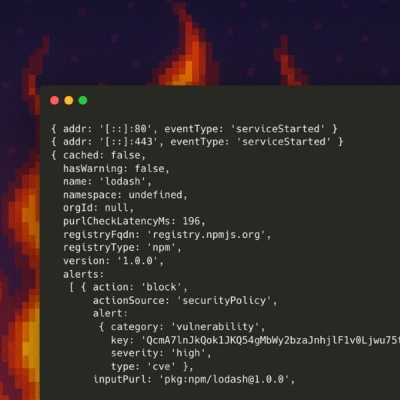grunt-closure-linter
Google closure linting
Getting Started
This plugin requires Grunt ~0.4.0rc7
If you haven't used Grunt before, be sure to check out the Getting Started guide, as it explains how to create a Gruntfile as well as install and use Grunt plugins. Once you're familiar with that process, you may install this plugin with this command:
npm install grunt-closure-linter --save-dev
One the plugin has been installed, it may be enabled inside your Gruntfile with this line of JavaScript:
grunt.loadNpmTasks('grunt-closure-linter');
The "closure_linter" task
Overview
In your project's Gruntfile, add a section named closureLint and/or closureFixStyle to the data object passed into grunt.initConfig().
Use the command attribute to point to a specific command if yours has not the default name.
grunt.initConfig({
closureLint: {
app:{
closureLinterPath : '/path/to/closure_linter/folder',
command: 'gjslint',
src: [ 'app/scripts/controllers/**',
'app/scripts/services/**',
'app/scripts/app.js' ],
options: {
stdout: true,
strict: true
}
}
},
closureFixStyle: {
app:{
closureLinterPath : '/path/to/closure_linter/folder',
command: 'fixjsstyle',
src: [ 'app/scripts/controllers/**',
'app/scripts/services/**',
'app/scripts/app.js' ],
options: {
stdout: true,
strict: true
}
}
}
})
Options
options.stdout
Type: mixed
Default value: false
true – write results to stdout;string – write results to file specified;false – do not write anything.
options.stderr
Type: Boolean
Default value: false
Pipe errors to stderr.
options.failOnError
Type: Boolean
Default value: true
Fail task on errors.
options.strict
Type: Boolean
Default value: false
Use strict mode.
options.reporter
Type: string
Default value: 'closure'
Reporter type. Possible values are: 'closure', 'jslint'.
Contributing
In lieu of a formal styleguide, take care to maintain the existing coding style. Add unit tests for any new or changed functionality. Lint and test your code using Grunt.
Release History
0.0.1 Initial revision



